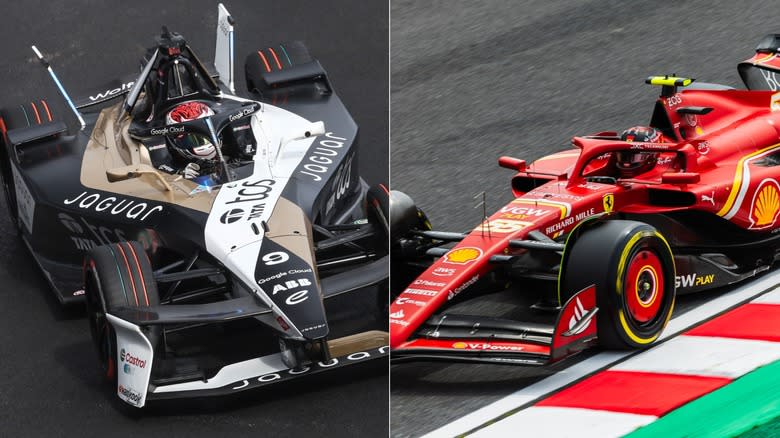
In motorsport, a little trash talk is part of the show. But when Formula E CEO Jeff Dodds recently claimed his all-electric series is closing in on Formula 1, he might've overcooked it a bit. "... the move to a solid-state battery ... that is the first point at which you may see head-to-head racing between Formula 1 and Formula E," Dodds told Autoweek.
It's a bold statement — but the stopwatch doesn't lie. And right now, the numbers say he may have written a check the lap times can't cash. Not yet, anyway. And while Formula E has come a long way from its mid-race car swap days, a hard look at the numbers suggests it might be a bit premature to call out the varsity squad.
The latest data from the track tells a fascinating story. Formula E is only just starting to consistently beat its own benchmarks. So, is the gap really closing? The receipts say yes, but there are some asterisks and caveats. Dodds also isn't just looking at today; he's looking at 2026, when a massive regulatory shake-up could change the entire game between both series.
Read more: These Are The Best Engines Of All Time, According To You
The Receipts From Monaco
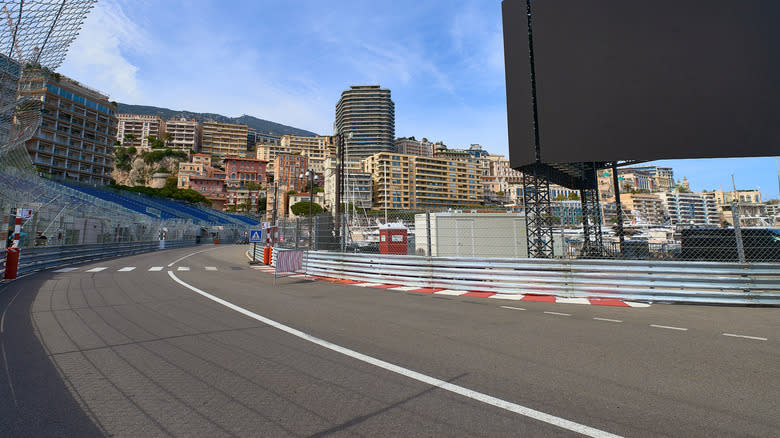
Let's get down to brass tacks. The best way to measure raw performance is a qualifying lap — it's just the car and driver against the clock, no traffic, no strategy, just pure pace. And because Formula E runs on modified circuits at most F1 venues, the legendary Grand Prix circuit at Monaco is our only true apples-to-apples comparison. Many see the F1 race in Monaco as little more than a high-speed parade through expensive real estate — so much so that the FIA mandated two pit stops in 2025 just to shake things up (Spoiler: it didn't.) Meanwhile, Formula E's run on the same layout was actually competitive. Imagine that.
Regardless, in 2022 and 2023, the qualifying gap between F1 and FE hovered around 25%. But in 2024, that gap ballooned to a whopping 27.7% in F1's favor. The most recent running in 2025 saw Formula E narrow the performance gap to 23.4%. The gains are measurable — and it's worth noting that Formula E tends to show stronger consistency between qualifying and race pace.
Even more telling is how Formula E is progressing against itself. Before you can challenge the champ, you have to challenge yourself — and if that isn't a quote from "Rocky," it should be. Looking at data from 2022 to 2025 on tracks that remained consistent, performance was mostly stagnant — until 2025. That's when the series posted a nearly 4% year-over-year improvement, capping off a total gain of around 5% across the four-year span.
The 2026 Wildcard
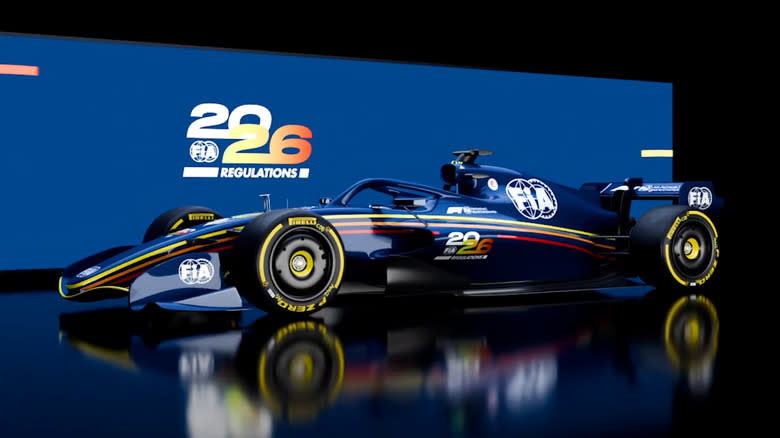
So why the bold claims from the corner office? Because this whole conversation is about to be turned on its head. Today's F1 car is an entirely different beast — a 1,000-hp hybrid powered, Venturi-tunneled air-bender, running on sticky tires. The future, however, is a little fuzzier. The major 2026 F1 regulations change are set to make the cars smaller while shifting the power unit to a nearly 50/50 split between a downsized engine and electric power.
At the exact same time, Formula E is preparing its Gen4 car, a machine slated to pack around 800 hp and permanent all-wheel drive. F1 will almost certainly still be faster overall thanks to a massive weight advantage and its obsession with aerodynamics. But the fundamental engineering gap should shrink considerably.
Dodds' trash talk might be premature based on today's lap times, but he's playing a longer game — pointing toward a future where both series face major technical shakeups and this whole debate gets a lot more interesting. It's the classic "don't look at where we are, look at where we're going" move. Anyone who's survived a corporate quarterly update knows this tone: "Sure, we're not there yet — but just wait until Q4!" Until those gains actually show up — on either side of the garage — we've got to live in the now.
Want more like this? Join the Jalopnik newsletter to get the latest auto news sent straight to your inbox...
Read the original article on Jalopnik.


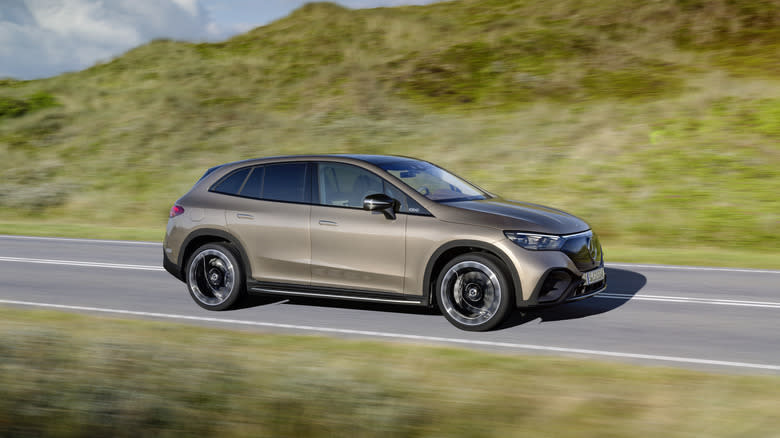
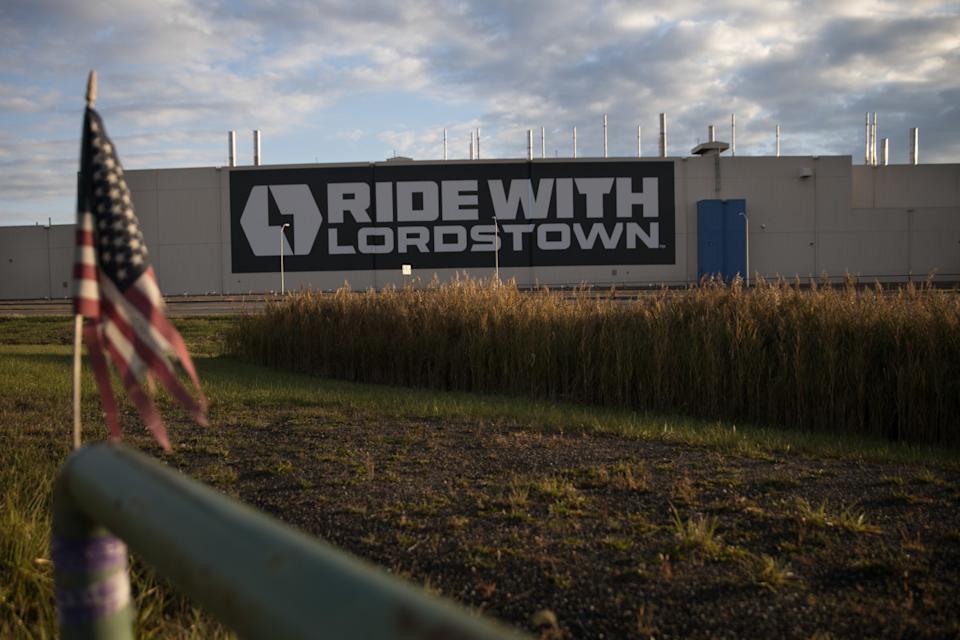
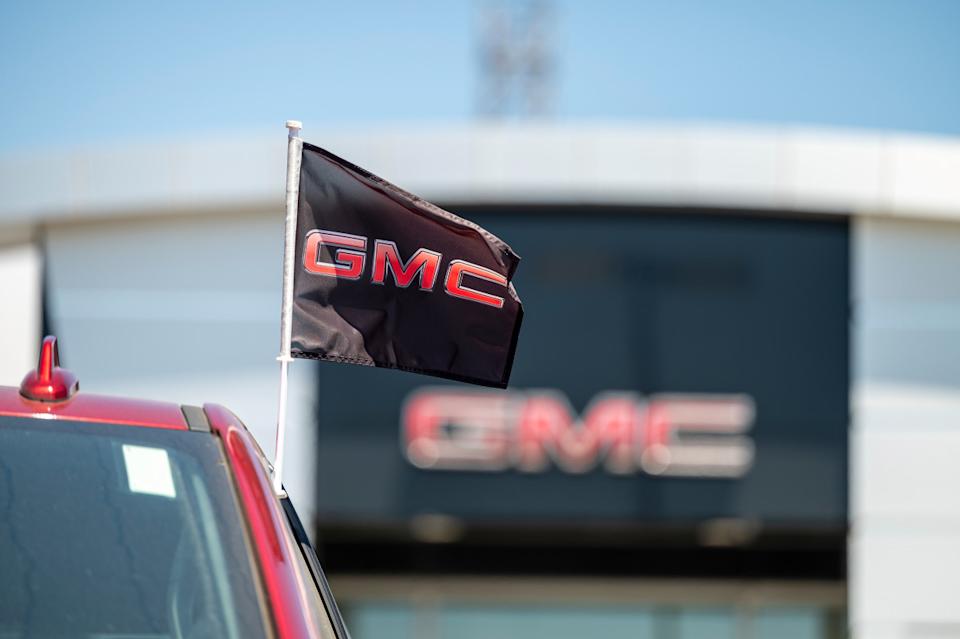
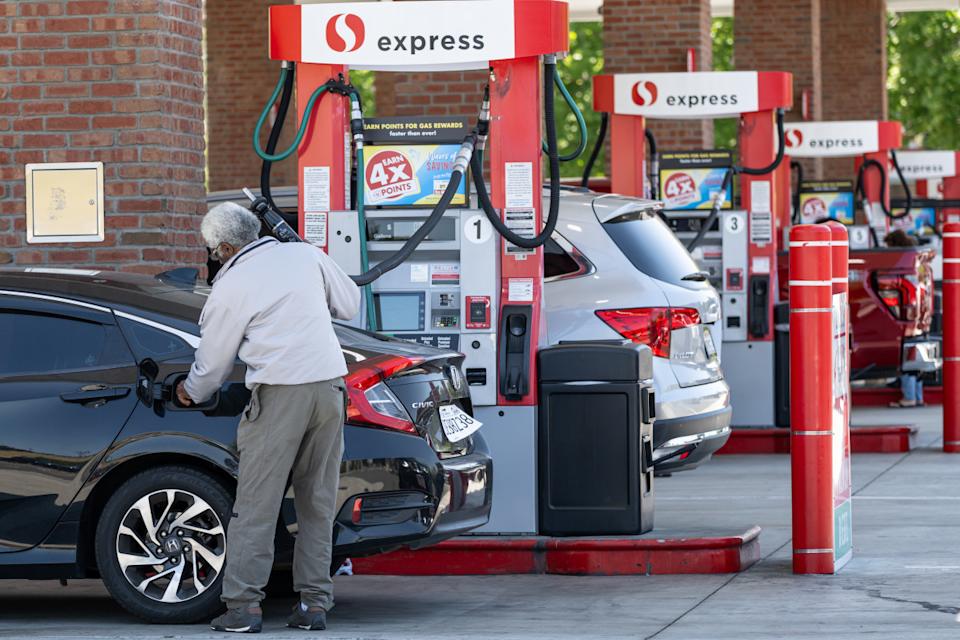

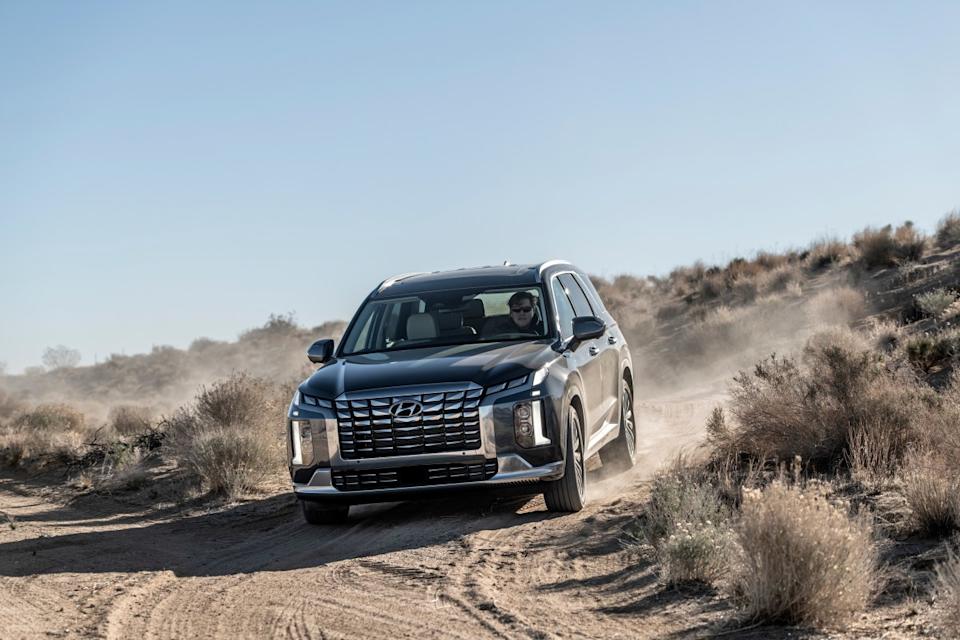
Comments